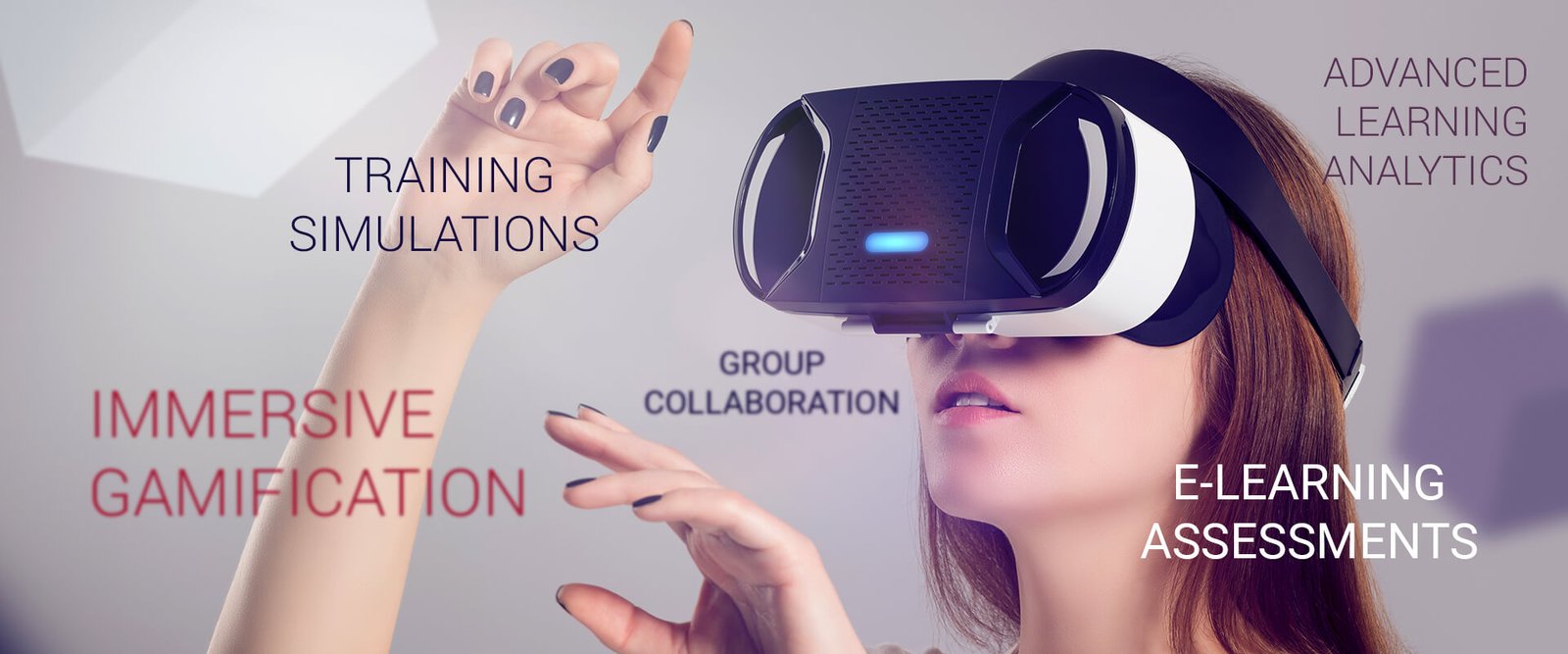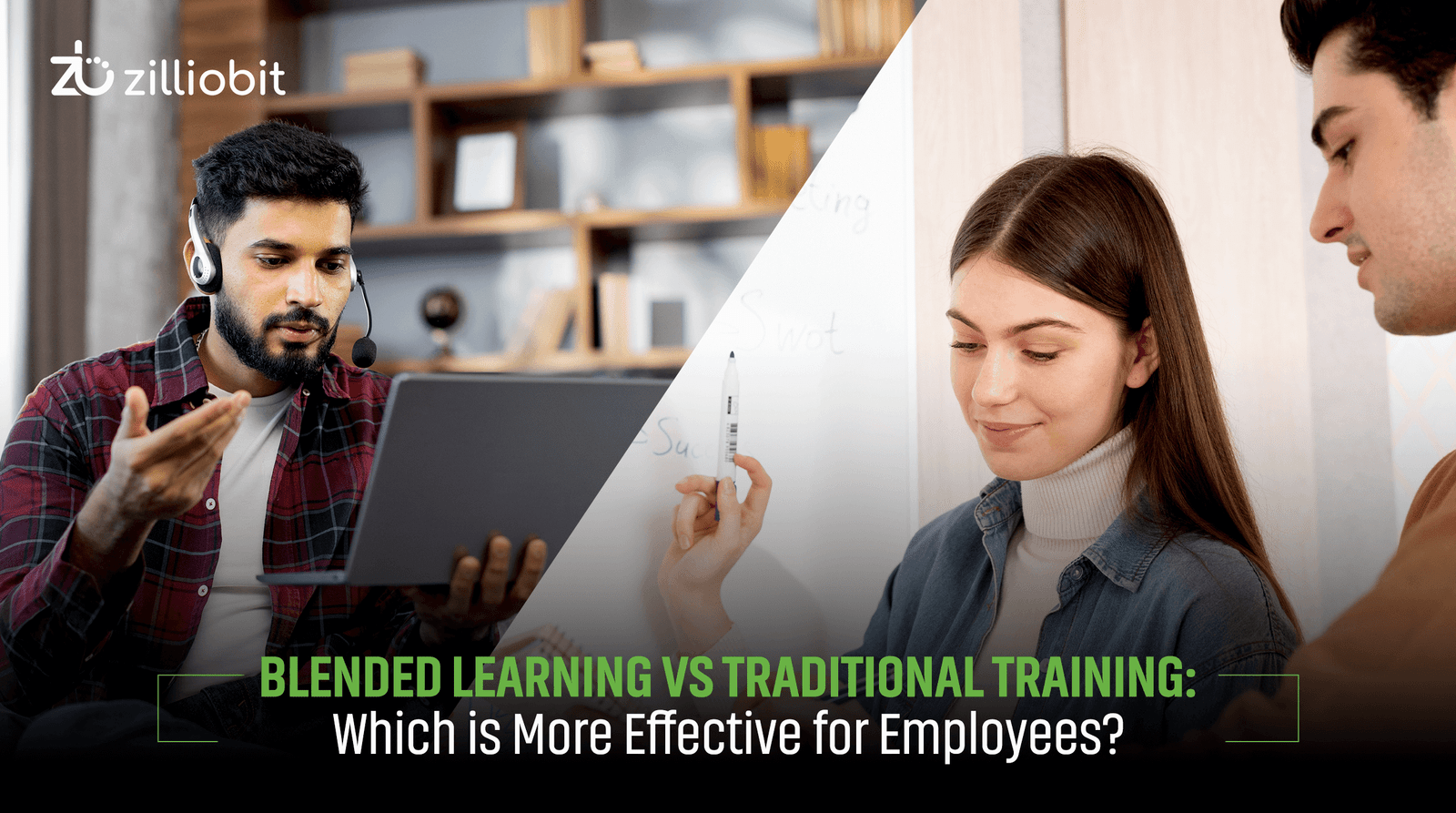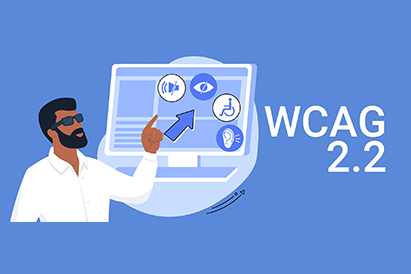AR & VR in E-learning: It’s all about the experience
4 minutes to read

Overview
Although the golden age of innovation is far behind us, we are yet to fully explore a host of different technologies like 3D printing, Artificial Intelligence (AI) and the Internet of Things (IoT) among others. However, taking the industry by storm are Augmented Reality (AR) and Virtual Reality (VR). So far this technology has been restricted as a luxury, limiting its use to the world of entertainment with gaming being the largest industry. E-learning is now waking up to the benefits of using AR & VR in learning & development.Before we learn how this technology is being leveraged by the e-learning industry, let’s understand the difference between AR & VR. Augmented Reality (AR) uses clear lenses to overlay digital elements onto the live view. Snapchat filters, Pokémon Go and Google glasses made extensive use of AR. Virtual Reality (VR) on the other hand, uses opaque headset causing sensory deprivation, immersing the user in a simulated world. VR has taken gaming to a whole new level.
Now that we are familiar with AR & VR, let’s explore some of their practical applications in e-learning. This technology is helpful in countering the problems that plague traditional e-learning.
-
Training simulations
Compliance training has over the years earned the reputation of being unpopular, outdated and time consuming. AR & VR based training gives the learner the advantage of being in a realistic environment. Even when it comes to other on-the-job training in retail, health, food and manufacturing industries, VR has proved to be highly useful with its immersive technology. A repeated simulation prepares the employees and equips them with the necessary critical skills in a risk-free environment.
KFC and Walmart use VR to train their employees in the finer aspects of their job. Volkswagen plans to use the technology to make training easier. Corporates are using AR & VR in surprisingly innovative ways. Instead of taking the one-size-fits-all approach of traditional e-learning, AR & VR are providing customized learning tracks to its learners. -
Immersive gamification
Use of gamification in e-learning is well established. The use of AR & VR in gamification takes it to the next level. While in traditional online gamification, the virtual rewards are pretty much static, with VR it’s possible to actually interact with them. This improves learner engagement and increases the time spent on the given activity with the user being able to virtually walk towards the next level. -
Group collaboration
AR & VR has made group collaboration easier through its application in video conferencing. A virtual meeting space can be created with this technology to mimic a conference room. This promises an improvement in learner engagement. This type of socially-driven learning is highly rewarding and reduces the dropout rate. It also helps in the holistic development of the learner while being a fully immersive experience. -
E-learning assessments
Evaluating the learners in their e-learning courses is quite an upgrade with AR & VR technology. With the option of recording and tracking their performance, assessment is faster and much easier. Users can view their performance to identify and correct their mistakes on the spot without any delay. -
Advanced learning analytics
An essential aspect of e-learning is learner feedback and data analytics. An LMS report has been the main source of gathering user data in e-learning. With AR & VR, it is possible to gain detailed insights into the learner’s behavior. The user’s interest in the course can be gauged by his interaction with the training program, tracking even minor things like eye contact.
Get in touch if you want to improve the learner experience by including AR & VR on their to-do list.
Let’s Talk


